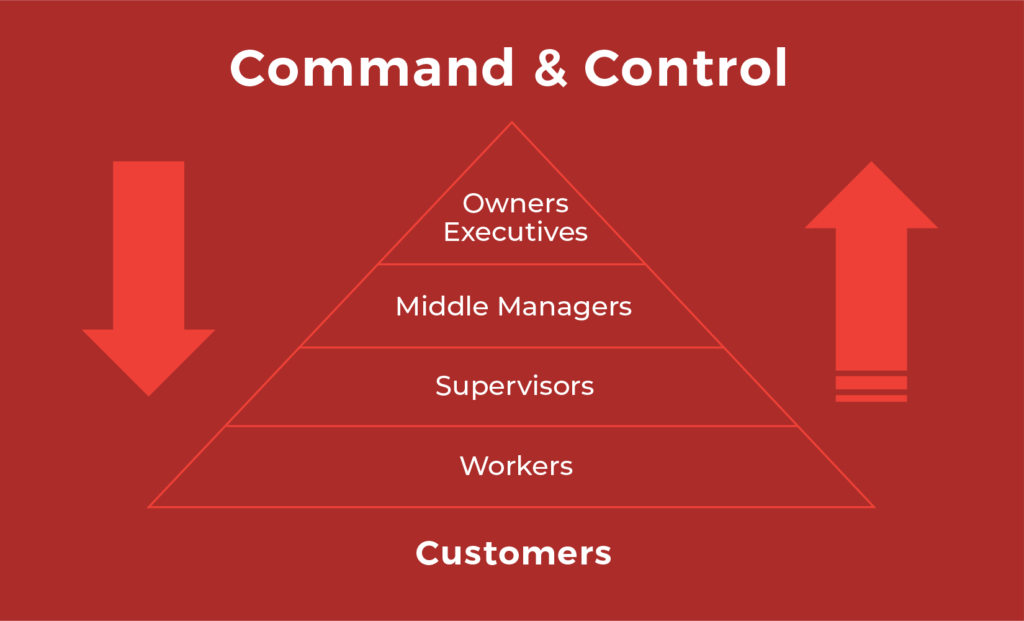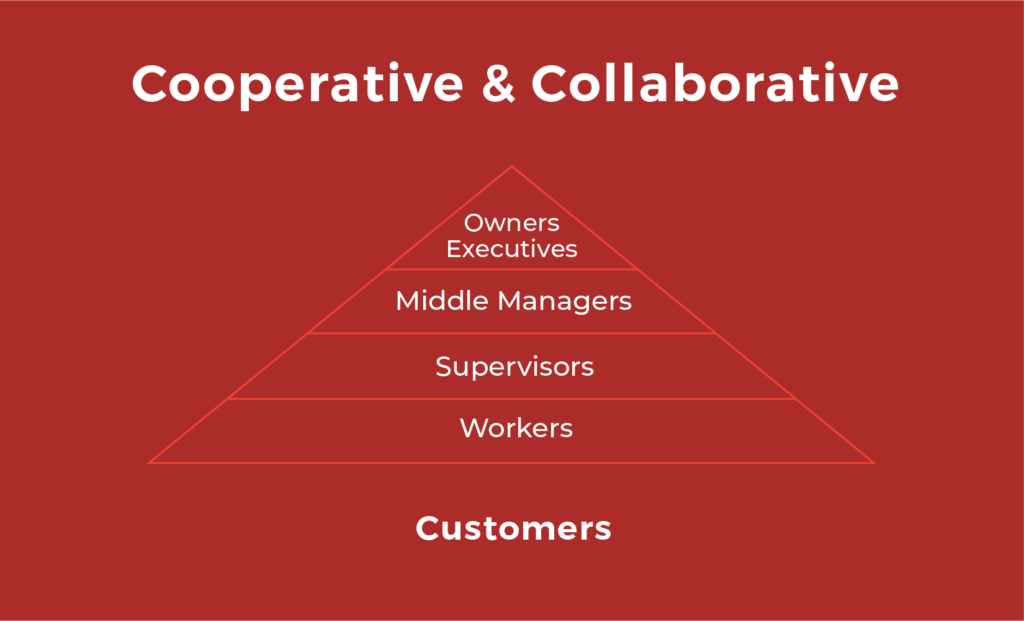by Robert A. Isaacson, MA, MSS
©2017 All rights reserved.
Our focus is on building a cooperative-and-collaborative team that gets things done.
So why even bother building a team? Let me answer the question by telling you a story.
Three workers were busy constructing a building when an observer approached. The first worker was dirty, sweaty, and had an unhappy expression on his face. The observer asked the first worker, “What are you doing?” The worker replied, “I’m laying bricks.”
The second worker was dirty, sweaty, and also had an unhappy expression on his face. The observer asked the second worker, “What are you doing?” The second worker replied, “I’m making $20 an hour.”
The third worker was dirty and sweaty but had a beautiful and inspired expression. The observer asked the third worker, “What are you doing?” And she replied, “I’m building a cathedral.”
The answer to the question about why bother building a cooperative-and-collaborative team is a simple one. You want to inspire more workers to build cathedrals. To do this, they have to be enthusiastic about their work, and committed to doing it. And since building cathedrals is a difficult and complex process, you want all your people working together, on the same page. This holds true if you are anything larger than a one-person business.
We have 4 “Cs” to pay attention to in building a team. The first two, cooperative-and- collaborative, you’ve already seen. The next two are command-and-control.
I’ll explain with an illustration.
Command-and-Control Leadership & Decision Making
Companies often fail to build effective teams because they’ve typically looked like this:

Owners and executives are at the top. Middle managers are in the middle. First line supervisors come next, then workers are at the bottom of the triangle serving customers.
Typically, owners or executives issue orders. Middle managers interpret them, and perhaps modify them slightly. Supervisors and workers carry them out, usually without question. If problems with orders arise, they are communicated upwards, but only sometimes and often slowly through the “chain of command.” (That’s why I have the dotted line in the graphic.) Then owners or executives issue new orders and the process starts anew. This is a command-and-control organization, the second set of “Cs,” quite hierarchical and formally structured.
Cooperative-and-Collaborative Leadership & Decision Making
In the last number of years companies are structured and work very differently.

There are still owners or executives, middle managers, supervisors, and workers. But notice the company is flatter, less hierarchical and formally structured. Three other things are different.
Employees Empowered to Make Decisions
First supervisors and front line workers are empowered to make as many decisions as possible because they’re the closest to customers and know them best. If you go into any of the expensive, high-end hotels in the US, and your bed is unmade or your soap dish contains a used bar of soap, housekeeping staff can spend up to several hundred dollars to make things “right” for you, without getting approval from their managers.
Use of Teams
The second thing we see is cross-level and cross-functional teams springing up to anticipate and solve problems, as well as to find and respond to opportunities. So if you see a sales or marketing opportunity, you put together an ad hoc team of individuals from all levels (and functions) of the company to respond to the initiative. You may have an executive, a couple of middle managers, and workers on such a team. Some teams continue to function on an ongoing basis, while others are disbanded when their purpose is over. This new, coordinated organization relies on more synchronized and robust efforts among team members at all levels. People communicate both vertically and horizontally within the company.
Trust, Transparency & Employee Engagement
There are higher levels of trust, transparency, and employee engagement. Individual motivation is understood and valued. There is alignment between what individual employees want and what the company needs.
We call these organizations cooperative-and-collaborative, less hierarchical and more informally structured. This is our first set of “Cs,” the best yet in my book.
Why do you suppose there’s been a massive movement in the last 30 years towards these kinds of companies?
Because they’re more profitable.
Why is this so?
Collaborative-and-cooperative companies are nimbler, more able to solve problems and respond to business opportunities. They can “turn on a dime” much of the time.
Cisco Systems’ former CEO John Chambers spoke about the importance of innovation, moving at the “speed of thought” to respond more quickly to market transitions. In a Harvard Business Review article he said, “I believe that only those companies that build collaboration into their DNA by tapping into the collective expertise of all employees – instead of just a few select leaders at the top – will succeed, as more and more market transitions occur at once.”
Workers, supervisors, and other employees are happier because for the first time they have power and influence over how decisions are made and carried out. Their opinions count. And we know from the psychological research and experience that when our opinions count, we are:
- More motivated,
- More productive,
- Less likely to leave,
- More willing to work with others,
- Produce higher quality goods and services, and
- Ultimately more profitable.
So if you want to build spectacular cathedrals and make money to boot, remember the four “Cs” and build teams of happy employees.
Robert A. Isaacson, M.A., M.S.S., is a business and executive coach. He helps leaders and executives connect to others emotionally and communicate powerfully to get business results like better performance, profitability and promotions. Bob is the co-founder of Full Circle Solutions, a Philadelphia-area executive coaching and counseling company. He can be reached here and at (610) 446-4981.

